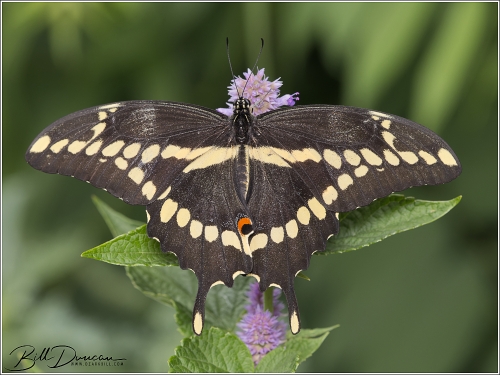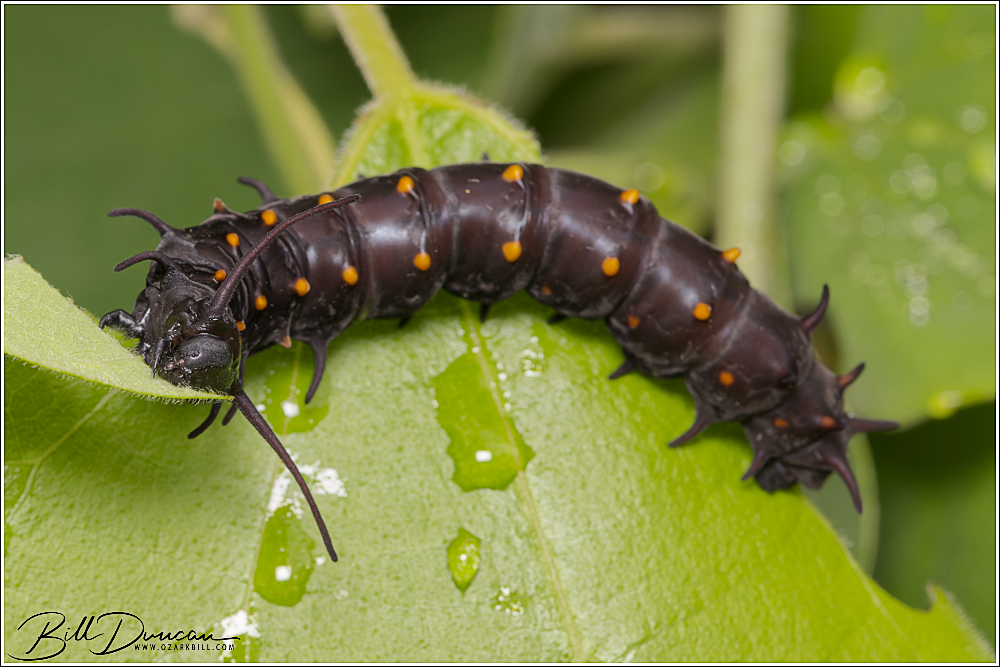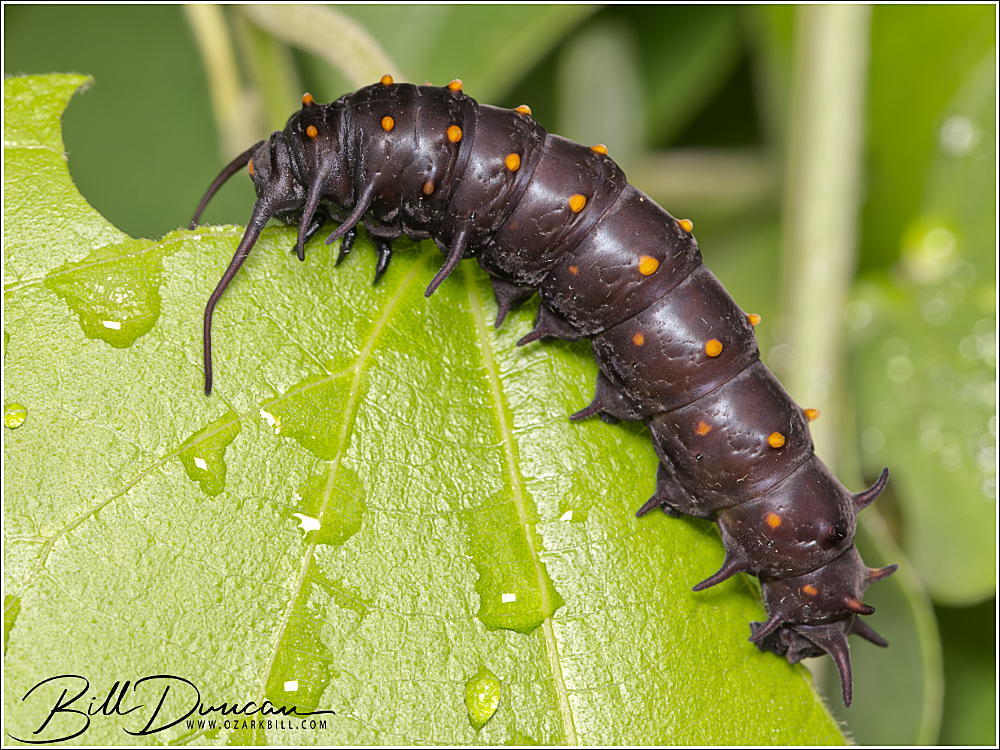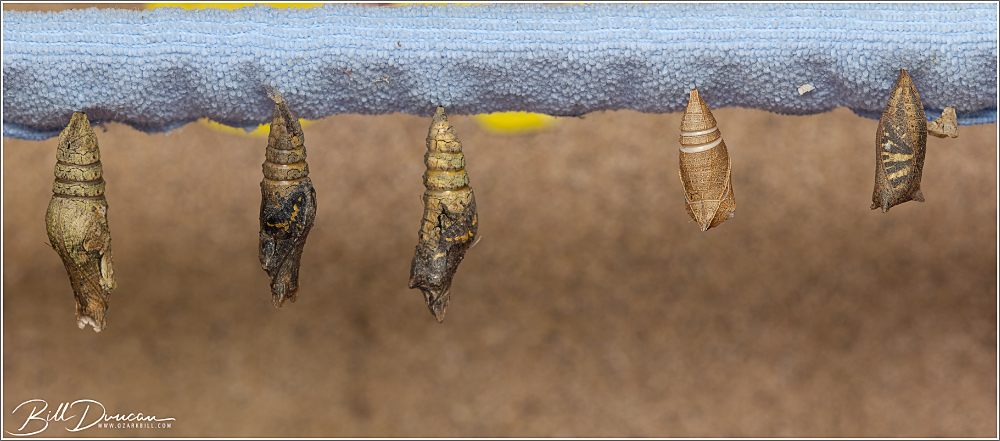Early this month the WGNSS Nature Photography Group traveled to the southwest part of the state. Our primary destination, the Roston Native Butterfly House, is a real treasure that I never get tired of visiting.

The Roston Native Butterfly House was established to create a haven for local butterfly species and to educate the public about their ecological significance. Its history is rooted in conservation efforts and the desire to preserve native butterfly populations threatened by habitat loss and environmental changes.


This native butterfly house, located within the Springfield Botanical Garden, was created and named in honor of Dr. Bill Roston, an MD of the small town of Forsyth, MO who had an avid interest in conservation and pollinators. Today this lovely location is curated by Dr. Chris Barnhart and his wife Deborah.




Pictured above is a caterpillar of the silver-sided skipper (Epargyreus clarus).
The Barnharts and their staff of volunteers do an incredible job of rearing several native butterfly species and maintain a nice population of their required host plants within the house. The Barnharts welcome several thousand visitors each year and do an excellent job in educating the visitors on the life histories and conservation stories of the butterflies they raise. Chris and Deborah always eagerly support our small group visits and often go out of their way to help us get the photographs of the butterflies and caterpillars we are after.



Native to Florida, Cuba and the Bahamas, the Atala butterfly is an excellent example of a specialist. The Atala (Eumae atala) feed only on the coontie cycad (Zamia integrifolia). You might notice that this member of the Lycinidae (hairstreaks) family also shows aposematic coloration in both larval and adult forms. This is to warn predators of the neurotoxic secondary plant compound – cycasin, that they ingest from their cycad hosts and carry with them for their entire lives.



Nothing against the typical butterfly houses that tend to showcase tropical species from around the world, but I would sure like to see more strictly native butterfly houses like the Roston Native Butterfly House. As I hope my photographs show, not only are the natives spectacular, but showcasing them in this type of setting helps to educate its visitors on the species they might see in their own neighborhoods or while out on the trails.

A great big thank you to Chris and Deborah for always being gracious hosts. We are looking forward to more visits.
-OZB
